Expanded summary submitted to the II Student Seminar on Communication in the Graduate Studies Program in Communication Sciences of Unisinos, by Camila de Ávila. Translation by Rodrigo B. Mattos.

It is interesting to think about the videogame as a cultural object: in the same way that culture is / creates the videogame, it is / creates culture as well. The videogame presence in our contemporary technoculture is an indisputable fact and deserves to be studied archaeologically. As Fischer (2015) brings with Huhtamo and Parikka, the media archaeology “searches textual, visual, and sound files; as well as collections of artefacts, emphasising both the discursive and material manifestations of culture “(HUHTAMO, PARIKKA, apud FISCHER, 2015, p.185). However, while media archaeology perceives the game as a physical artefact (manuals, cartridges, records) exploring its use history (personal, commercial level), archaeogaming literally interprets games as archeological sites, built environments, landscapes and artefacts. That is, it is not very different from anywhere in the world outside the game that has been manipulated, transformed or controlled by people from both the past and the present.
Continue lendo “Archaeogaming: a methodological proposal for the studies of and in digital games”
